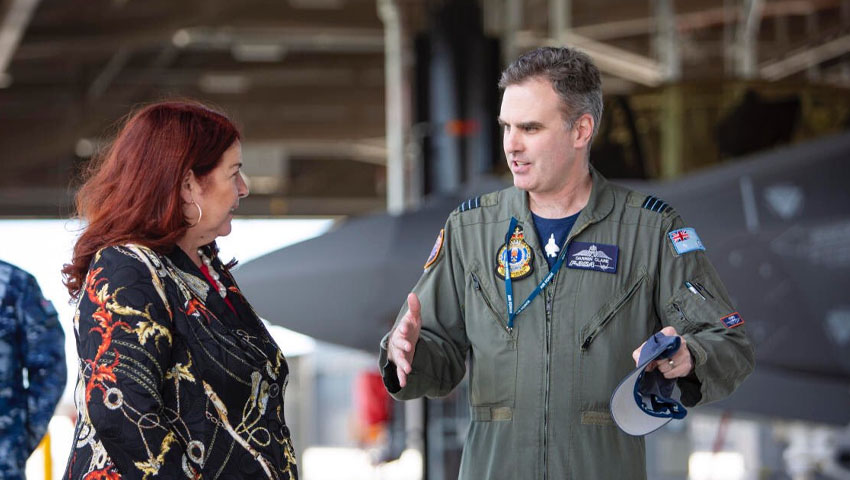Defence Industry Minister Melissa Price has announced a positive sign that the wheels of Australia’s defence industry are still turning – regional workers in Benalla, Victoria, and Mulwala, NSW, have reached a milestone in delivering Australia’s F-35A Joint Strike Fighter capability.
Thales Australia has completed the first production lot of a new Australian-made munition for the Air Force. The new BLU-111 will have the same range and performance metrics as current General Purpose Bombs but will be significantly safer to store, transport and operate.
Defence Industry Minister Melissa Price said 15 Australian companies, including five small businesses, were delivering this important capability for Defence.
"This work establishes a strategically important sovereign manufacturing capability to support the Australian Defence Force. It is a practical example of the government’s ongoing commitment to domestic manufacturing of munitions, which is one of the 10 Sovereign Industrial Capability Priorities under the 2018 Defence Industrial Capability Plan," Minister Price said.
The government released the Sovereign Industrial Capability Priority Industry Plan for Munitions and Small Arms Research, Design, Development and Manufacture last year.
Sovereign Industrial Capability Priorities are capabilities that are critical to Defence and must be developed or supported by Australian industry. This means Australia must have access to, or control over, the skills, technology, intellectual property, financial resources and infrastructure that underpin the priorities.
The priorities represent a subset of the industrial capabilities that Defence relies on to deliver its core objectives and will be managed closely across defence and industry planning.
Sovereign Industrial Capability Priorities are those industrial capabilities assessed as:
- Operationally critical to the Defence mission;
- Priorities within the Integrated Investment Program over the next three to five years; or
- In need of dedicated monitoring, management, and support due to their industrial complexity, government priority, or requirements across multiple capability programs.
The Sovereign Industrial Capability Priorities identify a number of elements of the Australian defence industrial base at a capability rather than company or technology level. This encourages innovation in existing technologies and provides flexibility in supporting current critical capabilities.
For the RAAF, the F-35A's combination of full-spectrum, low-observable stealth coatings and materials, advanced radar-dispersing shaping, network-centric sensor and communications suites – combined with a lethal strike capability – means the aircraft will be the ultimate force-multiplying, air-combat platform.
The F-35A – the variant chosen by the RAAF – will have a projected life of 30 years in service.
The Lockheed Martin F-35 Joint Strike Fighter is billed as a catalyst for the fifth-generation revolution, changing the face and capability of the Royal Australian Air Force and the wider Australian Defence Force.
Over the coming years, Australia will purchase 72 of the advanced fifth-generation fighter aircraft as part of the $17 billion AIR 6000 Phase 2A/B program – which is aimed at replacing the ageing F/A-18A/B Classic Hornets that have been in service with the RAAF since 1985.






